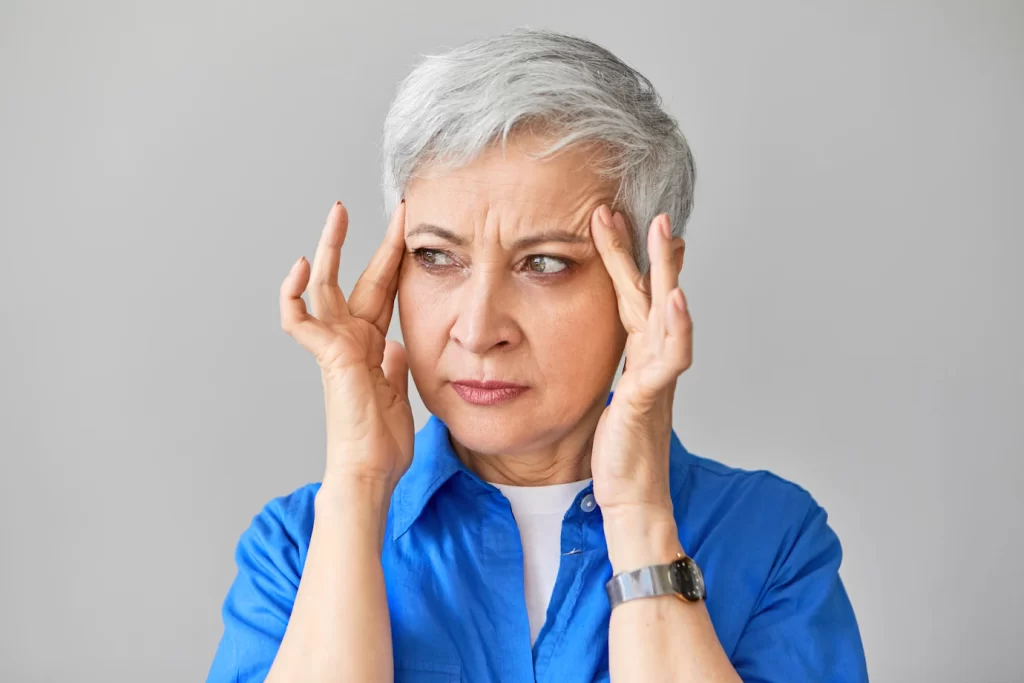Orthostatic Hypotension

Orthostatic hypotension, also known as postural hypotension, is a type of low blood pressure that occurs when a person stands up from a sitting or lying position. This can cause dizziness, lightheadedness, and sometimes even fainting.
The reason for orthostatic hypotension is that when a person stands up, blood pools in the legs and abdomen due to gravity. This causes a decrease in blood pressure and a decrease in blood flow to the brain. The body usually compensates for this by increasing heart rate and constricting blood vessels, but in some people, these compensatory mechanisms don’t work properly.
Orthostatic hypotension can be caused by a variety of factors, including dehydration, medication side effects, certain medical conditions (such as Parkinson’s disease or diabetes), and aging. It can also occur as a result of prolonged bed rest or immobility.
To diagnose orthostatic hypotension, a doctor may measure a patient’s blood pressure and heart rate while they are lying down, sitting, and standing up. A drop in blood pressure of 20 mmHg or more when standing up is generally considered indicative of orthostatic hypotension.
Treatment for orthostatic hypotension may include lifestyle changes such as increasing fluid and salt intake, wearing compression stockings, and avoiding standing up too quickly. In some cases, medication may be prescribed to help regulate blood pressure and heart rate.
It is important for individuals with orthostatic hypotension to take precautions to avoid falls and other injuries, especially when standing up from a lying or sitting position.
